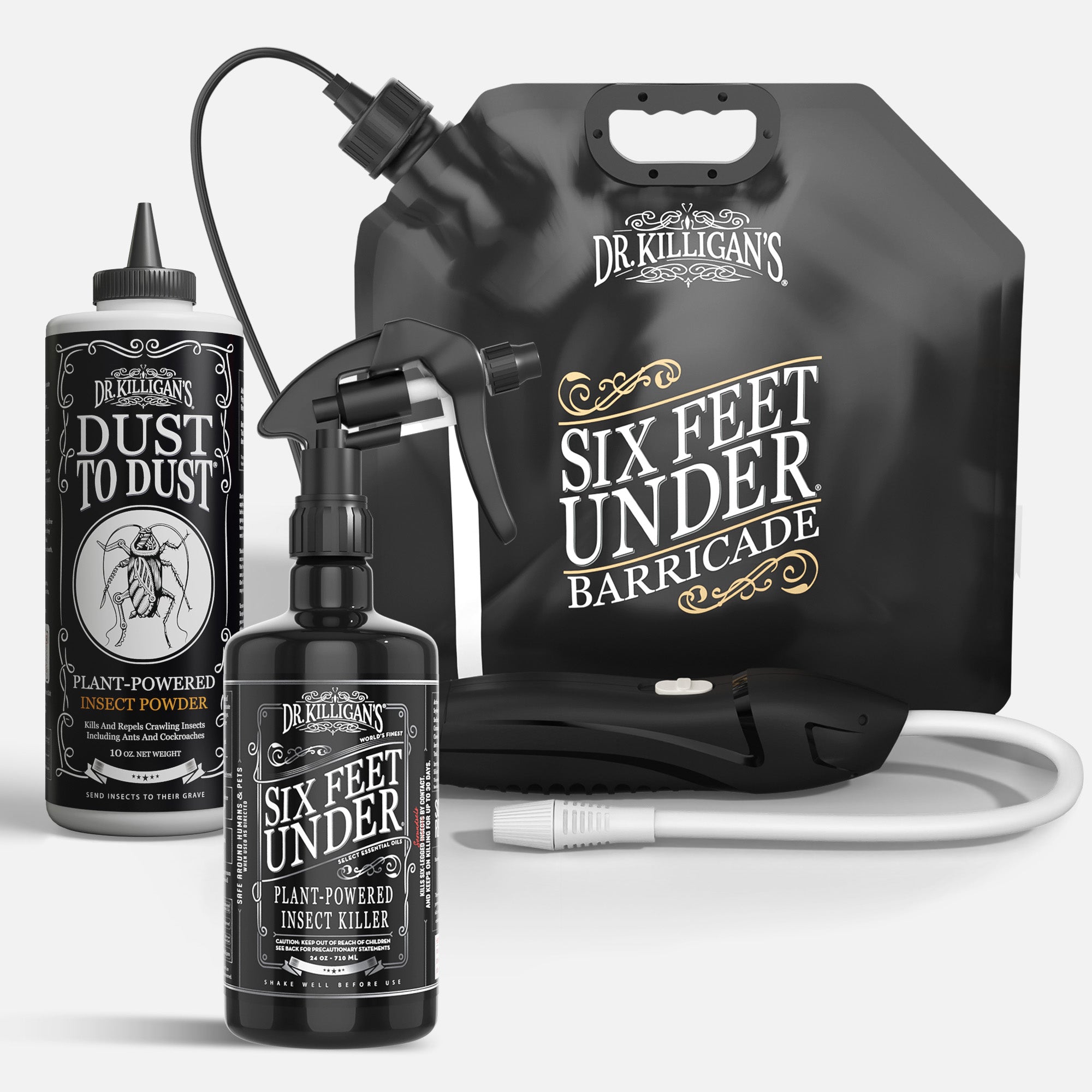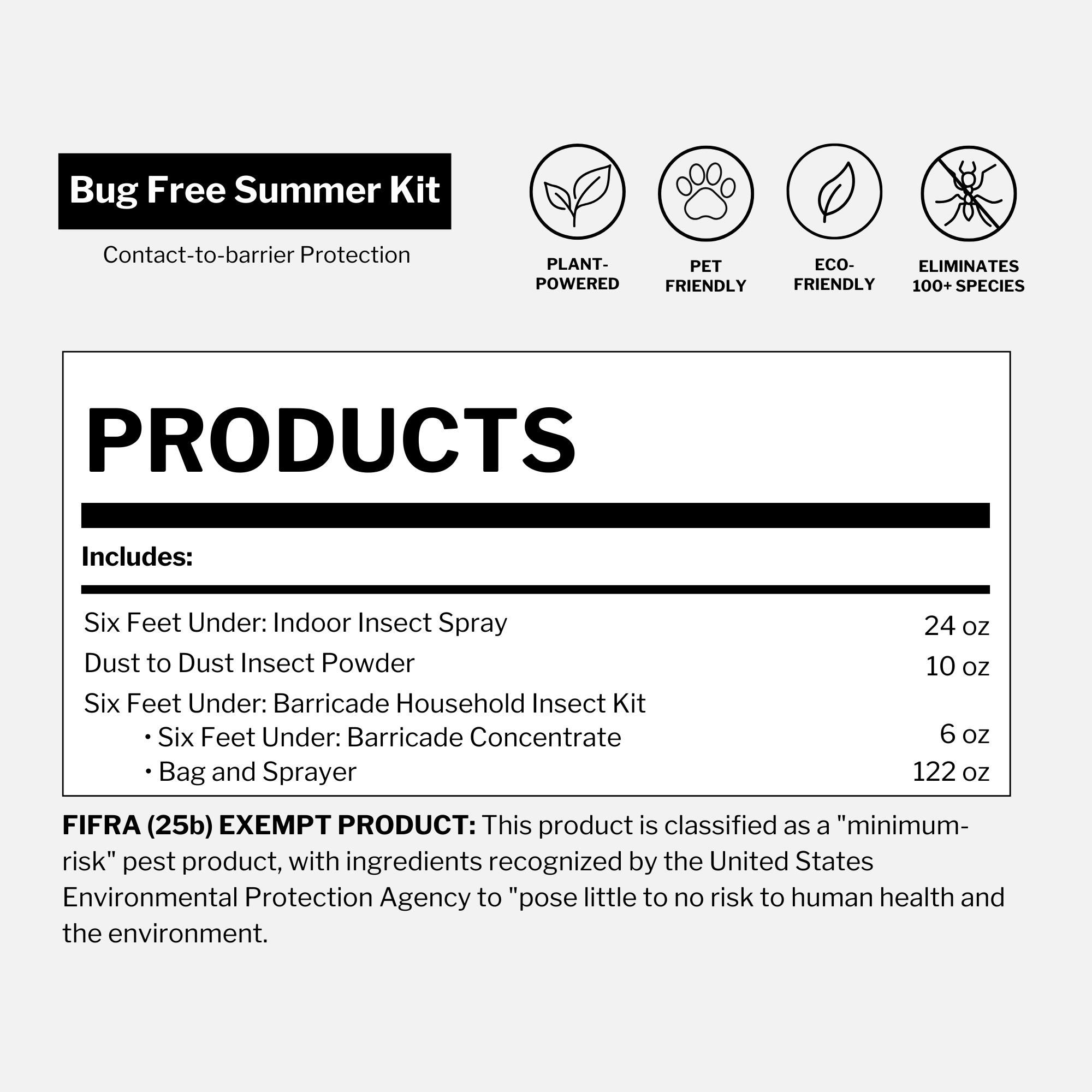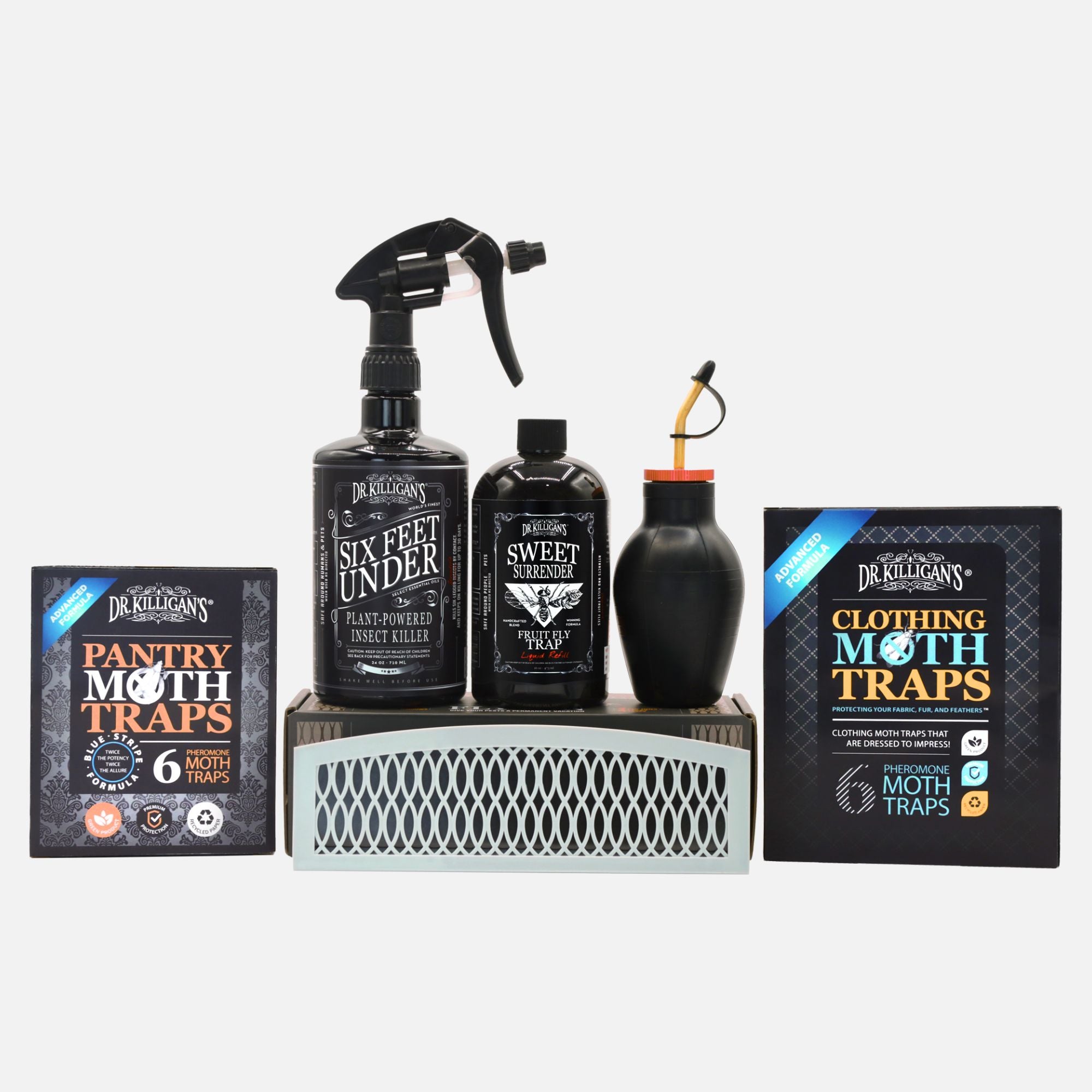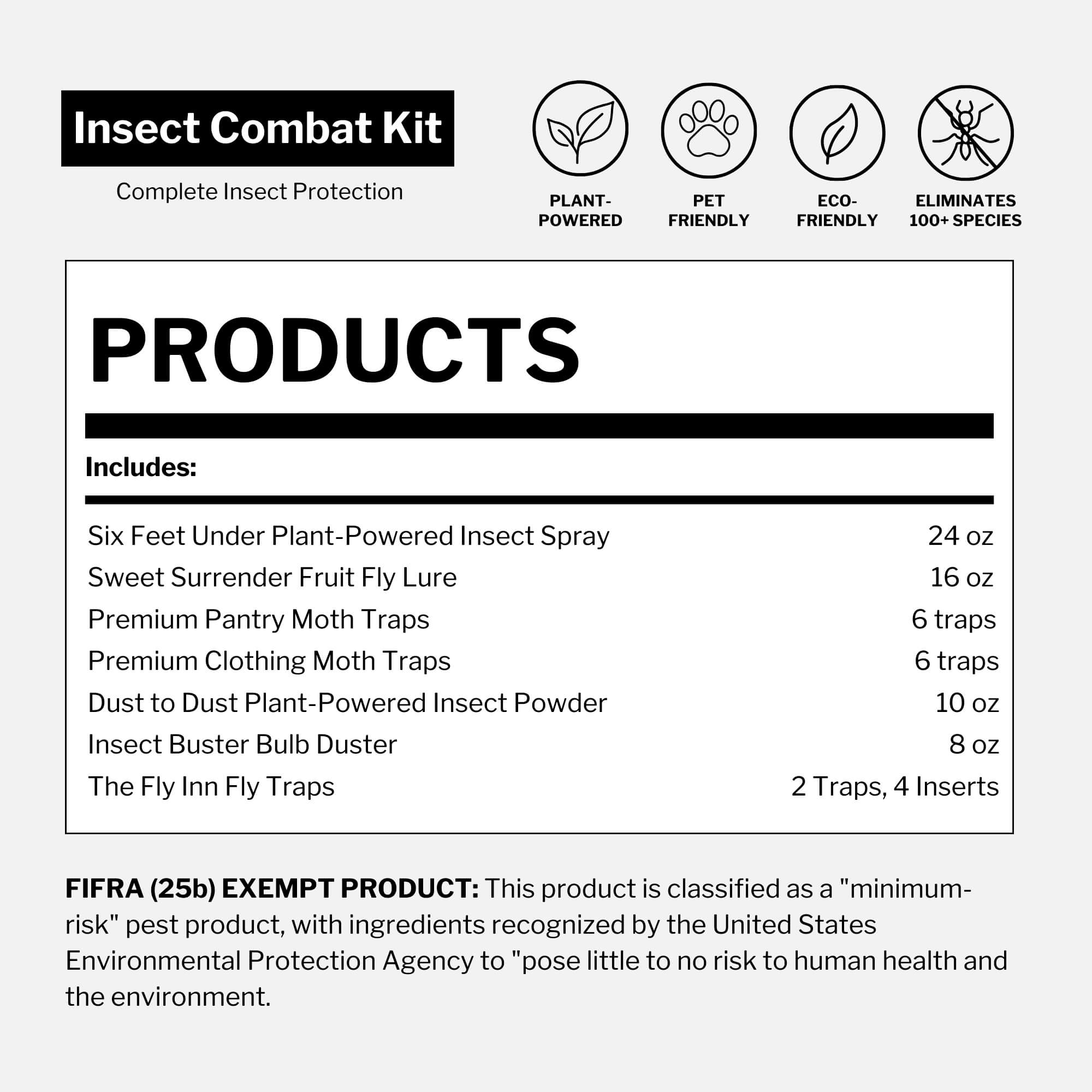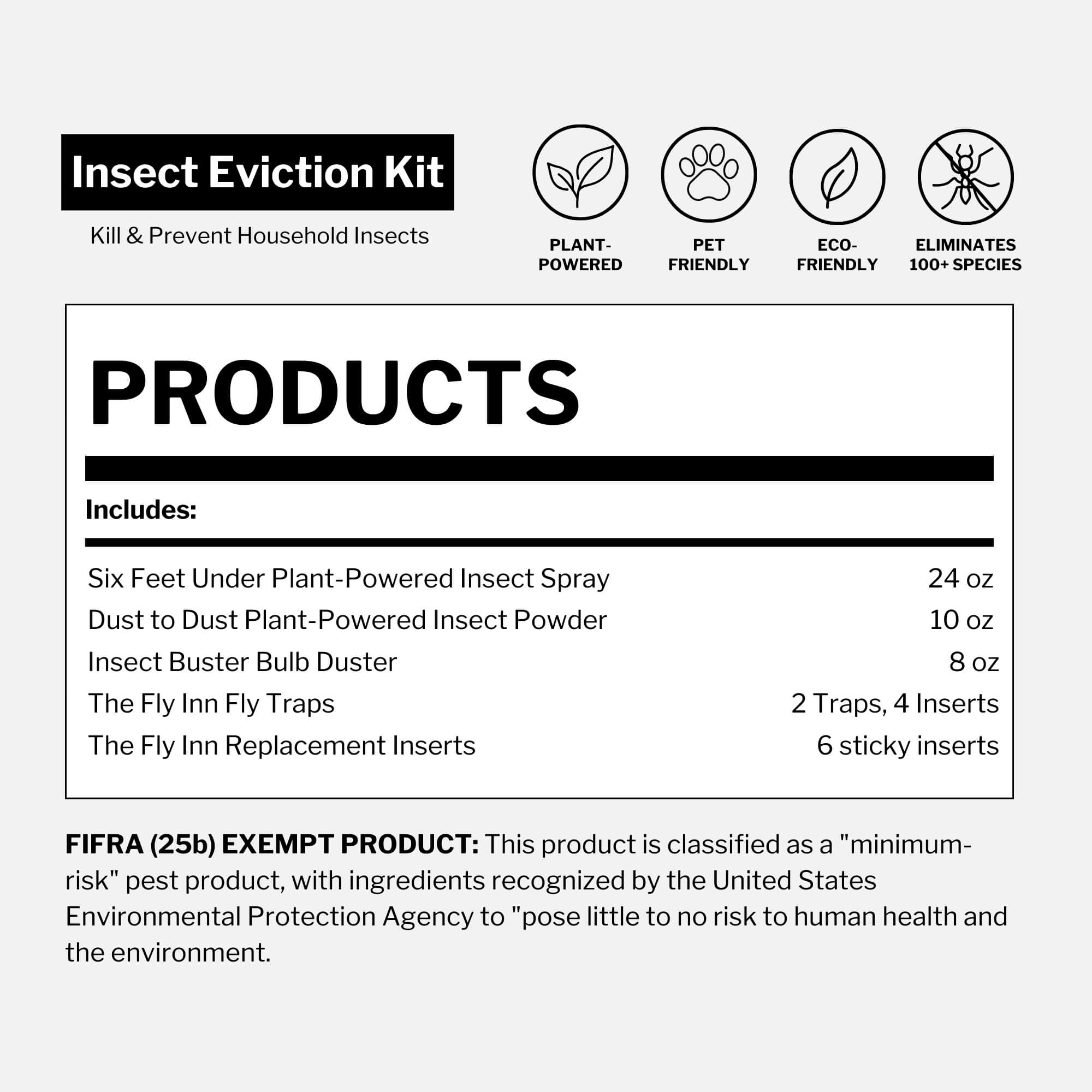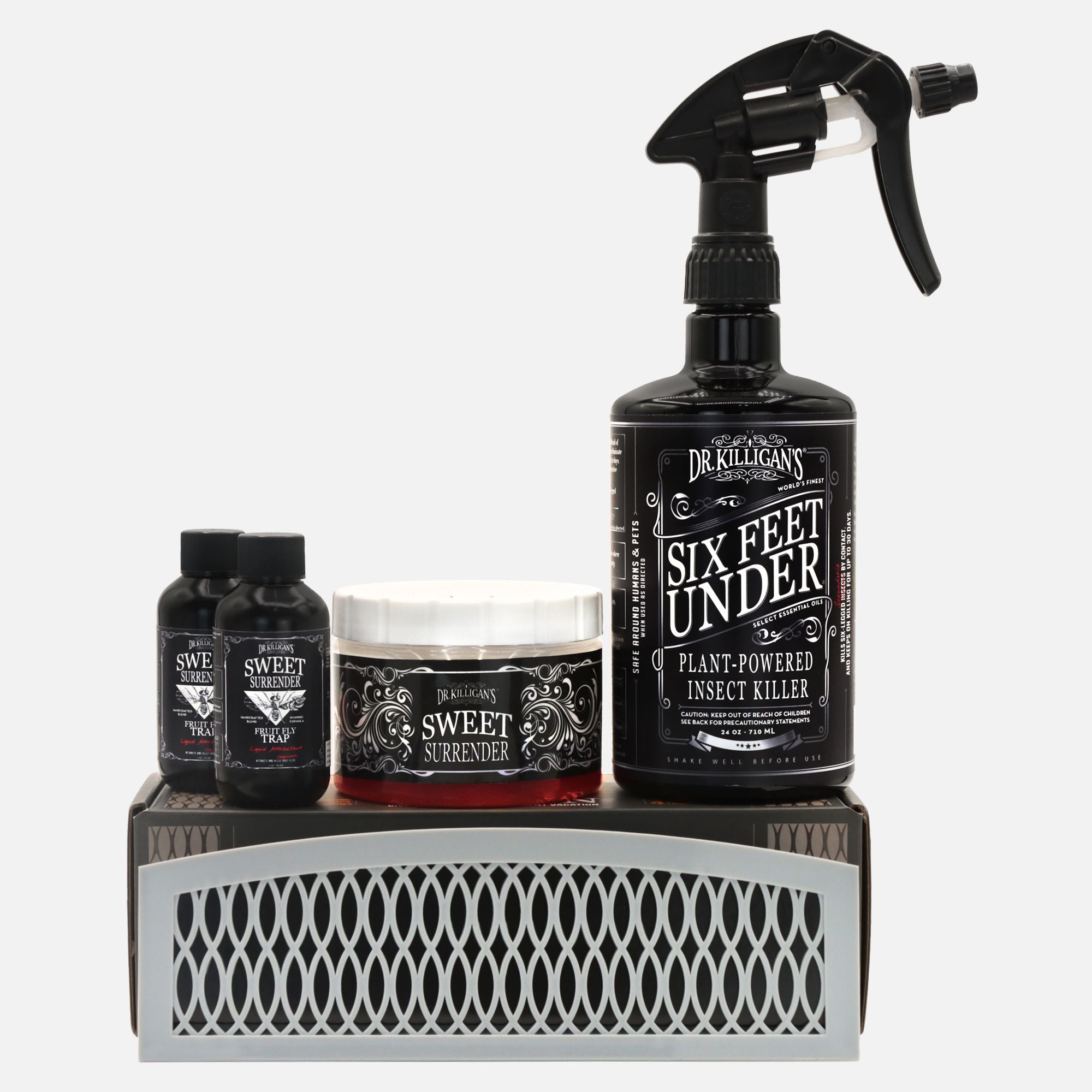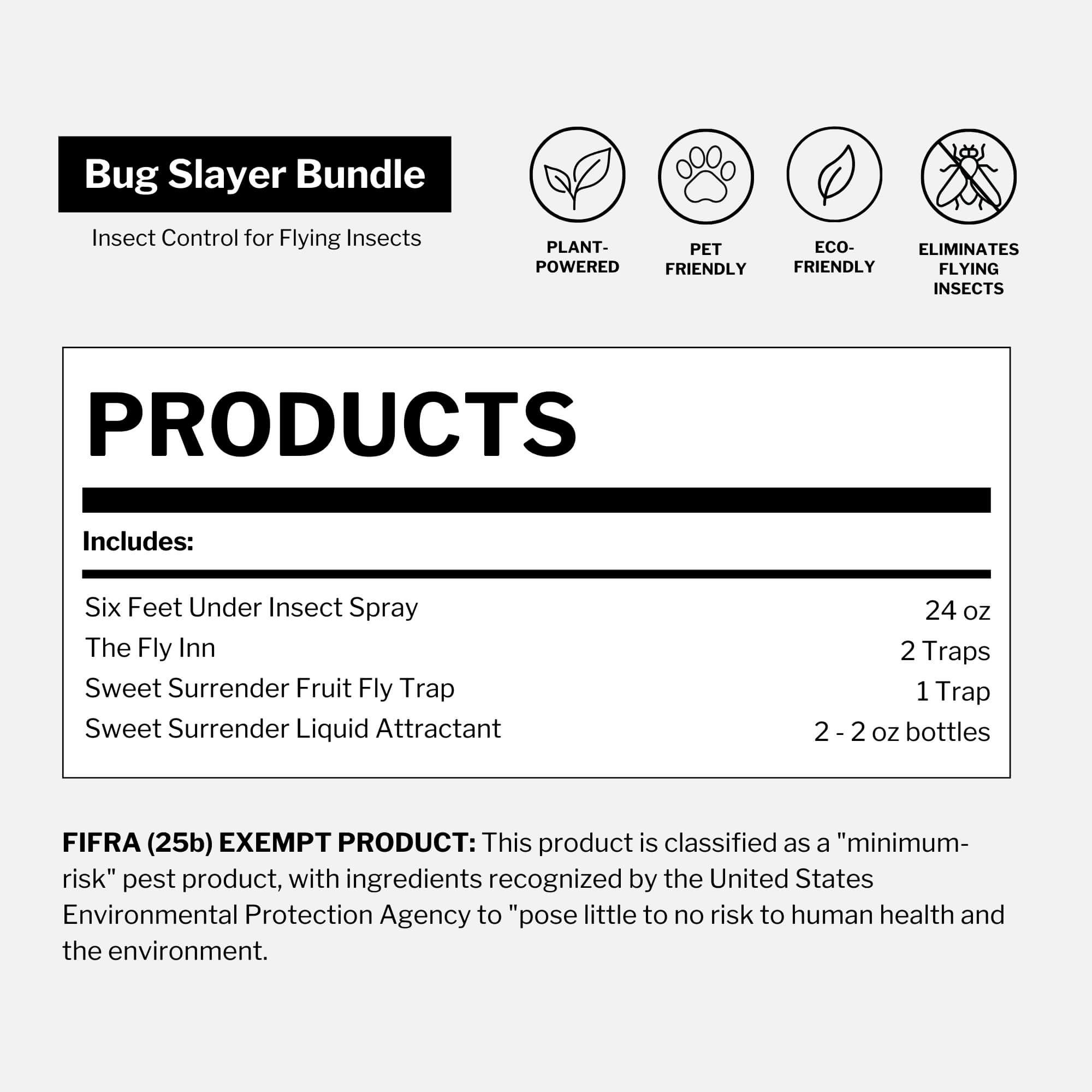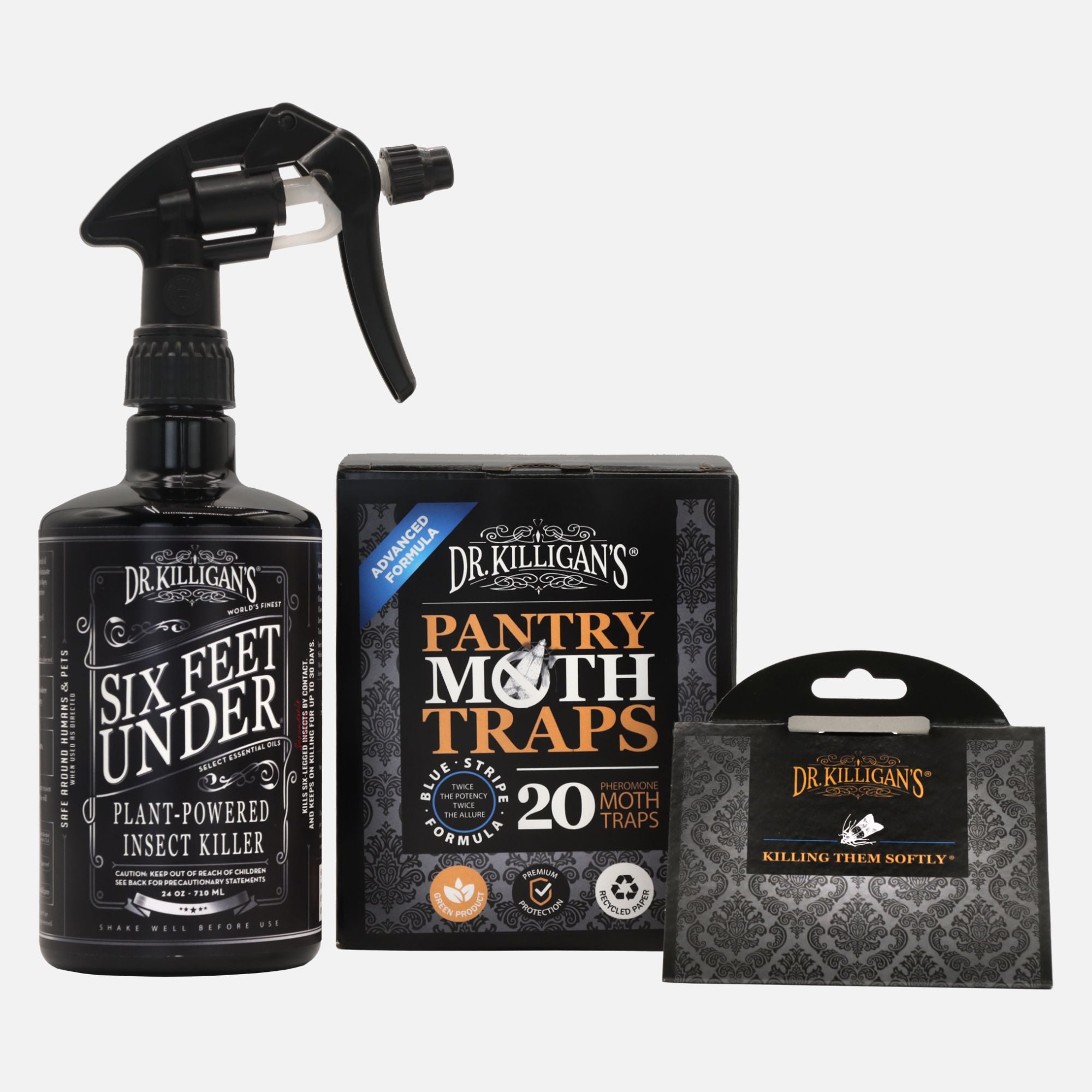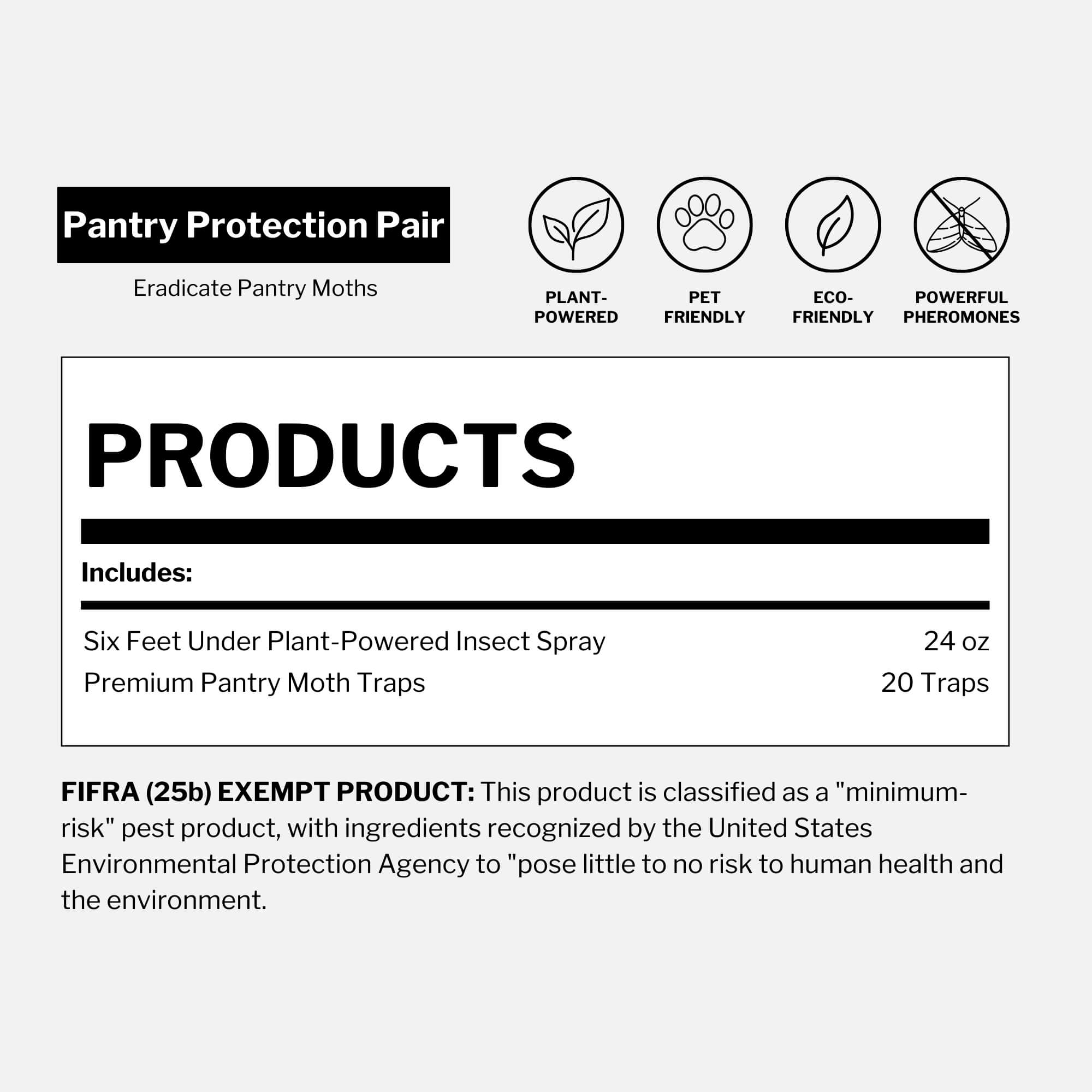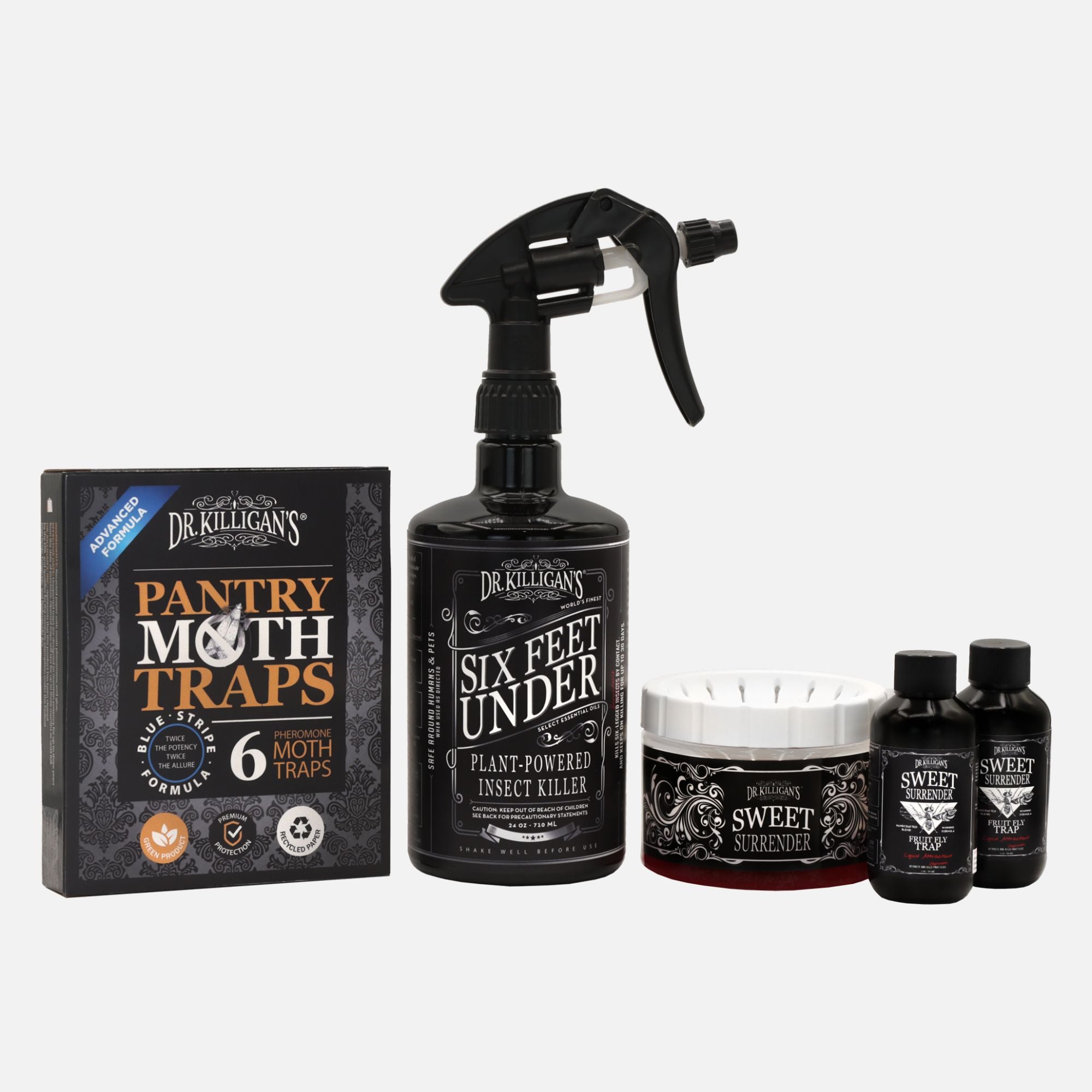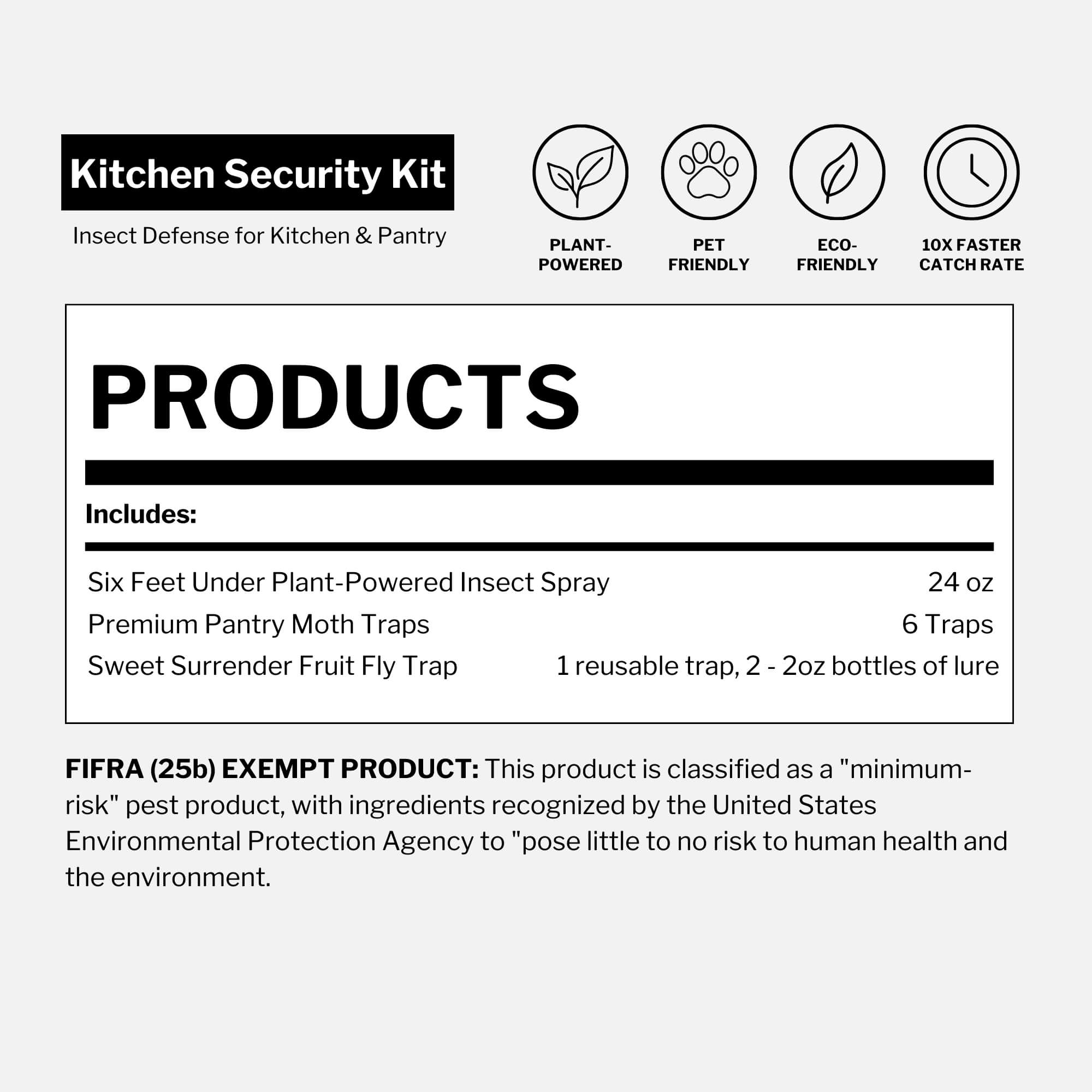Updated on May 19th, 2025
Mites in your house are more common than you might think.
In the hidden corners of your home, these tiny creatures can silently thrive—triggering health issues, allergic reactions or full-blown mite infestations. These microscopic pests—with their remarkable adaptability and elusive nature—can be a source of concern for many homeowners.
But how can one determine if these unwelcome guests have taken up residence in our abode?
In this article, we’ll walk you through mites in house identification, common symptoms and the most effective ways to get rid of mites in your house.
What are the signs of mites in your house?
Wondering whether you’re dealing with a mite infestation? Mites are difficult to detect due to their microscopic size, but certain signs can indicate their presence in your living environment. Here are the most common symptoms to watch for:
- Unexplained bites—Waking up with red welts or itchy marks could point to mite activity, especially from species like bird mites or scabies mites.
- Dust allergies—If you're experiencing persistent sneezing, congestion or watery eyes despite regular cleaning, dust mites may be to blame. These microscopic pests often thrive in mattresses, pillows and upholstered furniture.
- Visible signs of a mite infestation—Though mites are nearly invisible to the naked eye, you may notice tiny black specks or clusters—potentially droppings or dead mites—on bedding, upholstery or carpets.
- Skin irritation and itching—Ongoing skin discomfort, particularly itching with no obvious cause, may suggest exposure to mites such as scabies or itch mites, which can live and feed on humans. In the case of scabies, the intense itch results from the body’s reaction to their burrowing, feces and secretions.
Problems mites cause
Mites, with a staggering count of over 45,000 known types, are multifaceted pests that belong to a broad category of troublemakers. The troubles they cause include:
- Health issues—Some mites trigger allergies, skin irritations and other conditions in humans and animals.
- Crop damage—Agricultural mites, like spider mites, can harm plants and reduce crop yields.
- Home infestations—Mites often invade furniture, carpets and bedding, creating allergens in living spaces.
- Ecosystem disruptions—Certain mites harm beneficial insects or spread diseases among plants and animals.
Where mites make their home
Mites inhabit a wide range of environments, from the depths of the sea to the vast expanse of forests and deserts. Some mites can withstand temperatures as low as negative 22 degrees Fahrenheit or as high as 122 degrees Fahrenheit.
In terms of hosts, mites have adapted to live on a variety of them, including humans —such as you and me—and animals, like birds, mammals, reptiles and even insects. For example, humans can be hosts to the Demodex folliculorum mite, which resides in hair follicles and sebaceous glands on the skin. (These mites are typically harmless and part of the natural microbiota on our bodies.) Animals can be hosts to the Sarcoptes scabiei mite, which causes sarcoptic mange in animals such as dogs (which leads to intense itching and skin irritation).
Mites may also reside in soil, on plants and trees and within human dwellings.
Mite size
Mites come in a range of sizes, depending on the species. Generally, mites are extremely small. Here are a few examples:

- Dust mites (Dermatophagoides pteronyssinus)—Common household mites, about 0.2–0.3 mm in length.
- Chigger mites (Trombiculidae family)—During the larval stage, about 0.2 to 0.4 mm.
- Bird mites (Dermanyssus gallinae)—Found in bird nests or poultry facilities, ranging from 0.7–1.0 mm.
- Clover mites (Bryobia praetiosa)—Red-colored mites, about 0.75 mm long.
- Scabies mites (Sarcoptes scabiei)—Parasitic mites, barely visible to the naked eye, roughly 0.2–0.4 mm.
Note: .1 millimeters is roughly the thickness of plastic food wrap, whereas 1.5 millimeters is the thickness of a standard United States penny.
Four common mite species to watch for
When identifying mites in the house, these are the four most common types you may encounter:

- Dust mites—These pesky creatures (Dermatophagoides pteronyssinus and Dermatophagoides farinae) make themselves at home in your bedding, carpets and upholstery, causing allergic reactions and making your life itchier than a wool sweater.
- Storage mites—Sneaky invaders like grain mites and flour mites target your pantry, feasting on grains, cereals and dried fruits. They’re tiny thieves silently enjoy their feast while you're left with contaminated food.
- House mites—A diverse bunch that includes clover mites, spider mites and itch mites. Clover mites (Bryobia praetiosa) are tiny red pests that often invade windowsills, walls and indoor plants—especially in spring. Wondering how to get rid of clover mites in your house? Start by sealing entry points and applying plant-safe solutions like Dust to Dust. Spider mites in the house are commonly found on houseplants and indoor plants. Look for fine webbing and discolored leaves as signs of infestation. Itch mites, though they don’t live on people, can deliver intensely irritating bites—especially in late summer and fall.
- Rat mites—Unwelcome companions of rodent infestations. As if rodents weren’t enough trouble, these mites add insult to injury with their itchy bites and persistent presence.
Mite attractions
Ah, the allure of mites… These crafty creatures are drawn to various conditions that make our homes their ideal hunting grounds. Here’s a closer look at what tempts them, like moths to a flame:
- Warmth and humidity—Mites thrive in warm, humid environments. The cozy conditions of our homes—especially where dust accumulates—create the perfect breeding ground.
- Skin flakes and dander—A feast for mites! Dead skin cells and dander that we shed provide an irresistible banquet, especially for dust mites.
- Dust and debris—Mites seek refuge in dust and debris, which offer both protection and nourishment.
- Moisture and mold—Damp areas like bathrooms or water leaks attract mites. Mold growth in these environments makes them even more appealing.
- Food sources—Certain types of mites—such as storage mites—are attracted to food items. Like pantry moths, they can infest dry goods, making them less appetizing for human consumption.
How to get rid of mites in your house
Mites don’t go away on their own. Here are seven proven steps to remove mites from your home and prevent their return.
1. Clean and declutter
Regularly clean and vacuum your home, paying close attention to areas where dust tends to accumulate, such as carpets, rugs, bedding and upholstery.
2. Wash and (hot) dry
Wash your bedding, linens, curtains and other fabric items regularly—ideally once a week—in hot water to kill mites and remove their allergenic particles. After washing, dry them in a hot dryer, as the high temperature helps eliminate mites.
3. Encase mattresses and pillows
Consider using allergen-proof covers on mattresses, pillows and box springs. These covers create a barrier that prevents mites from infiltrating these havens and reduce the chances of allergic reactions.
4. Reduce humidity
Mites thrive in humid environments, so keep humidity levels in check. Use dehumidifiers in damp areas like basements or bathrooms and ensure proper ventilation to minimize excess moisture.

5. Limit food sources
If you're dealing with food mites, store dry goods like grains, cereals and pet food in airtight containers to prevent mite infestation. Regularly check for signs of mites in your pantry and discard any contaminated items.
6. Use Dust to Dust on plants
If spider mites or clover mites are infesting your plants, Dust to Dust will deter them and promote healthy growth. This plant-safe formula contains silica, a key ingredient that improves plant resilience and reduces mite populations by creating an abrasive surface and stimulating the plant’s natural production of defensive compounds.
- Carpets, rugs and furniture—Focus on areas with pets or visible infestations. Use the Insect Buster for even application.
- Bedding—Dust a thin layer on mattresses, pillows and bedding materials, paying attention to seams and folds. Let it sit for a few hours before vacuuming with a HEPA filter or laundering.
- Baseboards and crevices—Apply along baseboards, window sills and cracks where mites may hide.
- Outdoor areas—Apply around the perimeter of your house and patio if you suspect mite activity outdoors.
This multi-surface use of Dust to Dust gives you a comprehensive approach to managing mite infestations—both on your plants and throughout your home.



